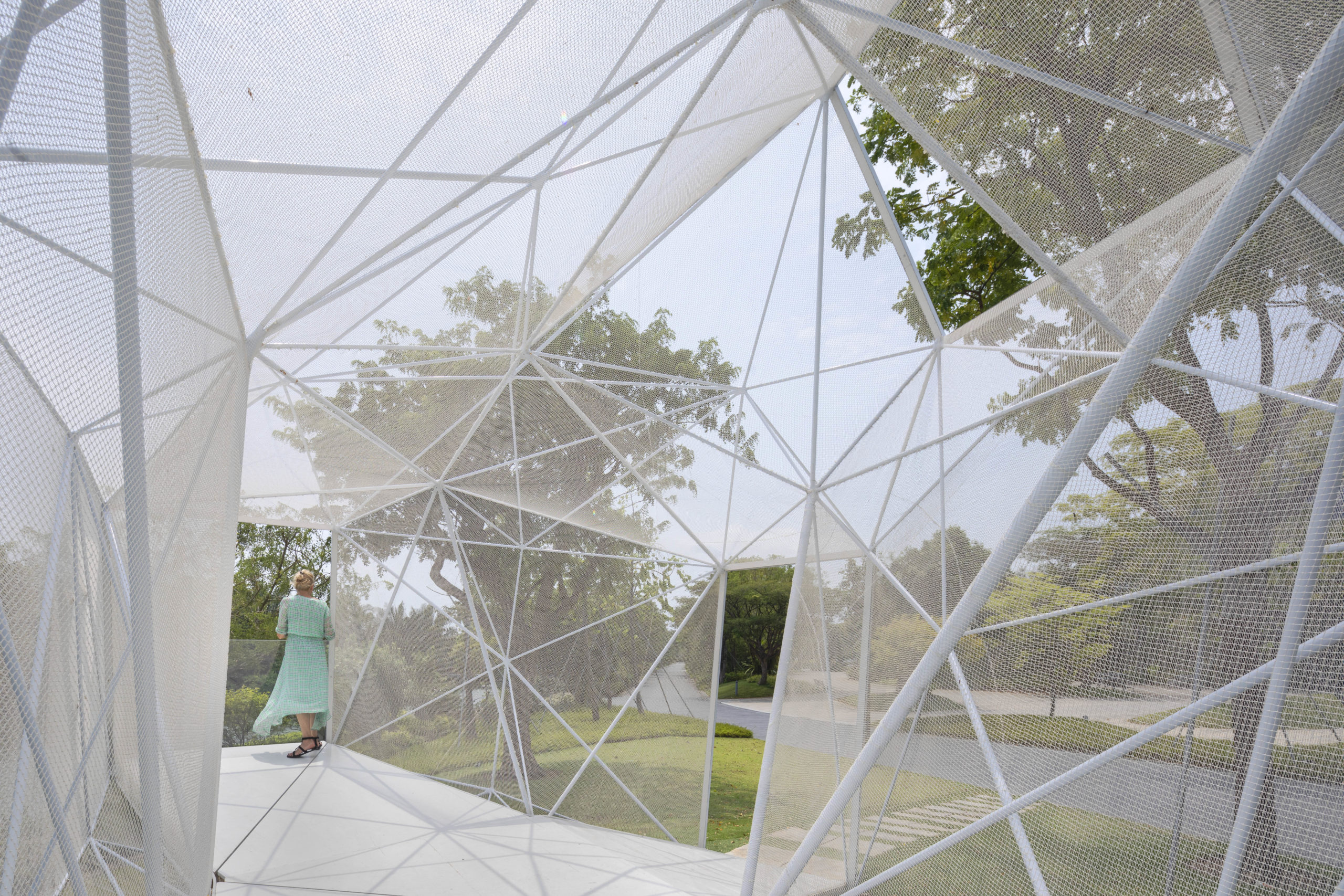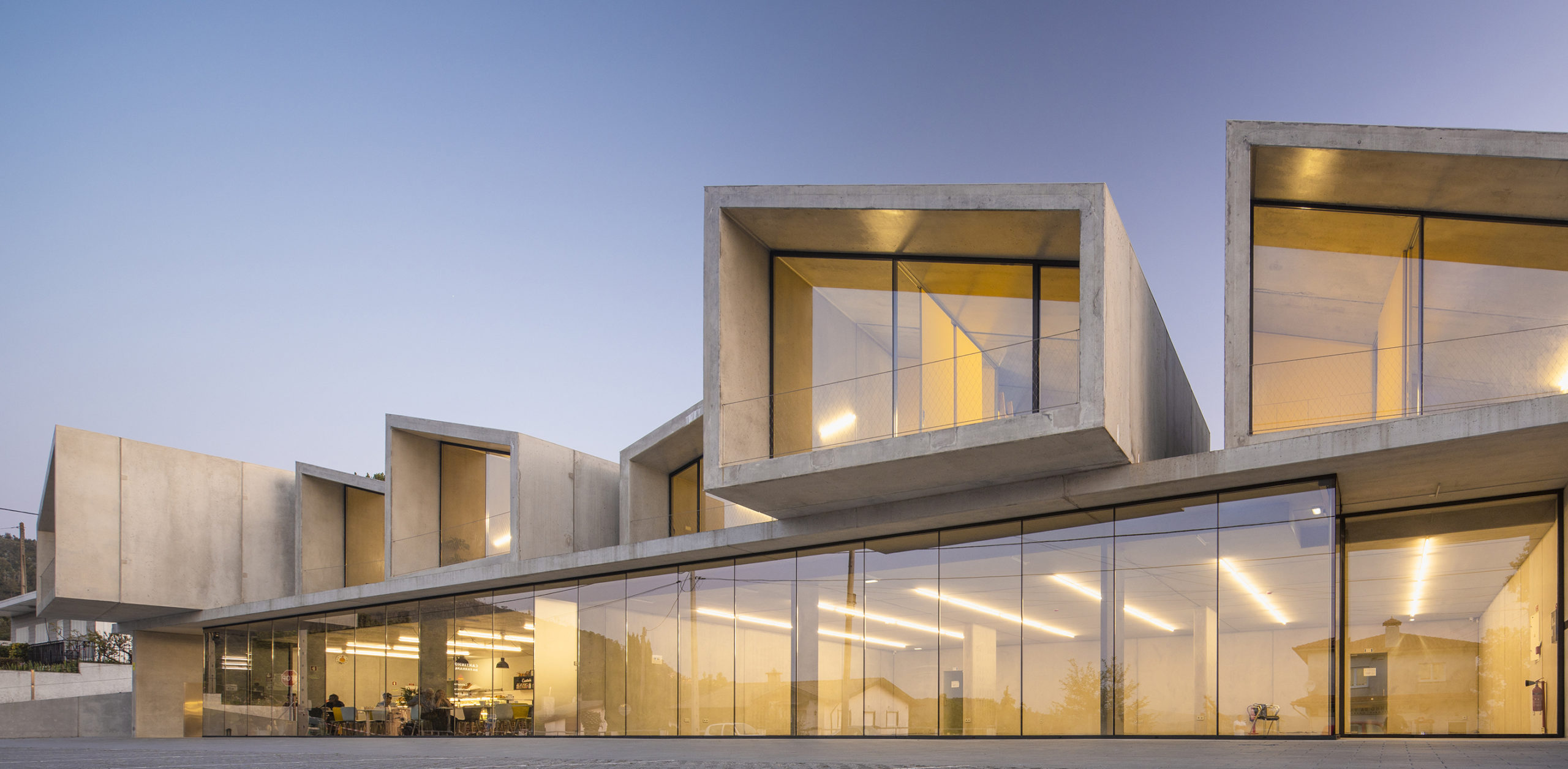The latest edition of “Architizer: The World’s Best Architecture” — a stunning, hardbound book celebrating the most inspiring contemporary architecture from around the globe — is now shipping! Secure your copy today.
Photographer Rich Frishman has travelled across the US, photographing the vestiges of racial oppression in smalltown America. From bricked-over segregated entrances to the gravesites of lynching victims, “these places surround us and we don’t realize it,” he says.
“I’m just fascinated about what our landscape says about us as human beings,” explained the photographer. “I’m focused upon how these vestiges of racial oppression occur all over, and surround us. Many of Frishman’s images appear innocuous at first glance, but actually highlight painful truths about architecture designed to enforce a racial hierarchy through every detail, from old signage to the fundamental layout of buildings.
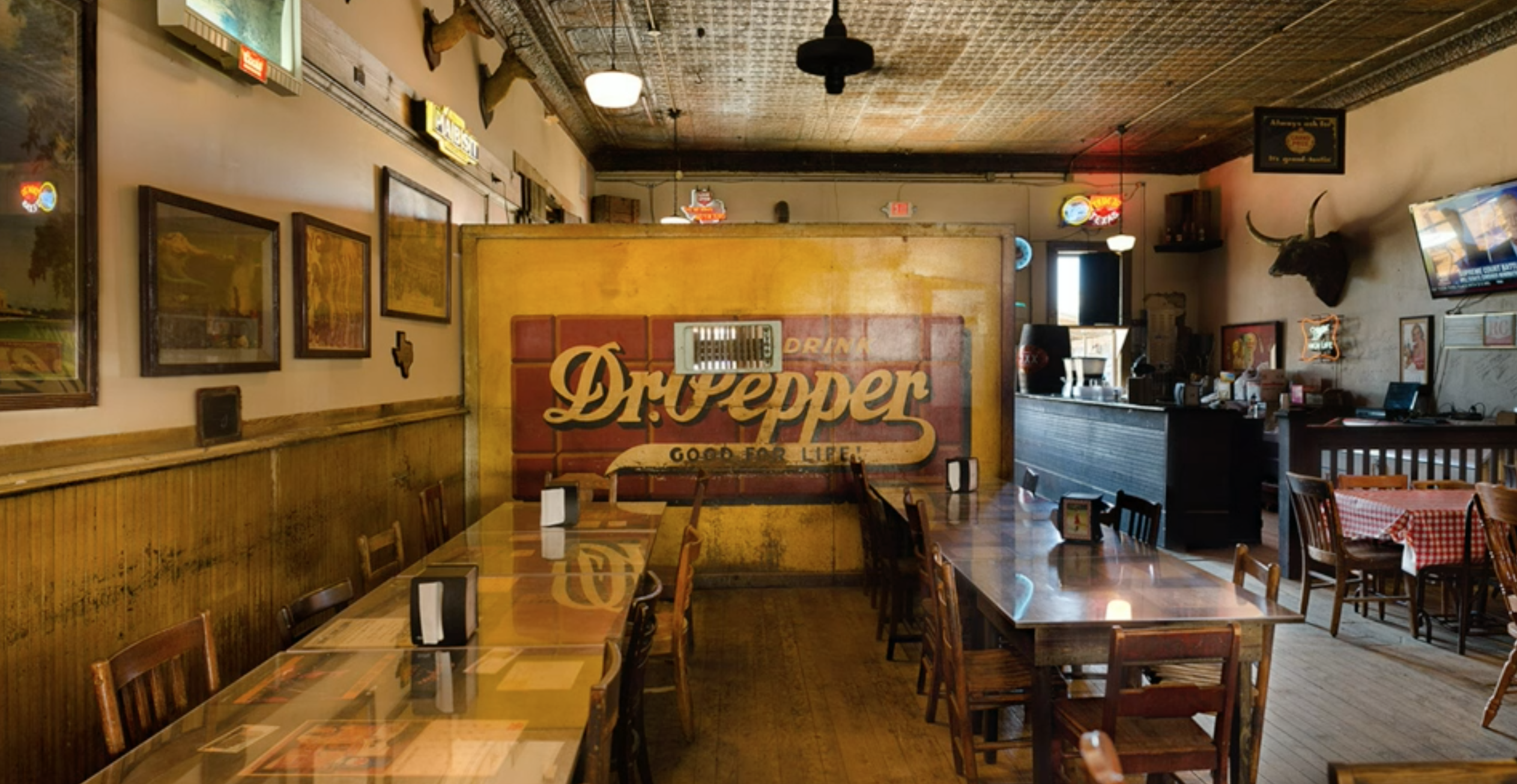
A US saloon including a “segregation wall” that kept people of colored separate from white diners. Photo by Rich Frishman
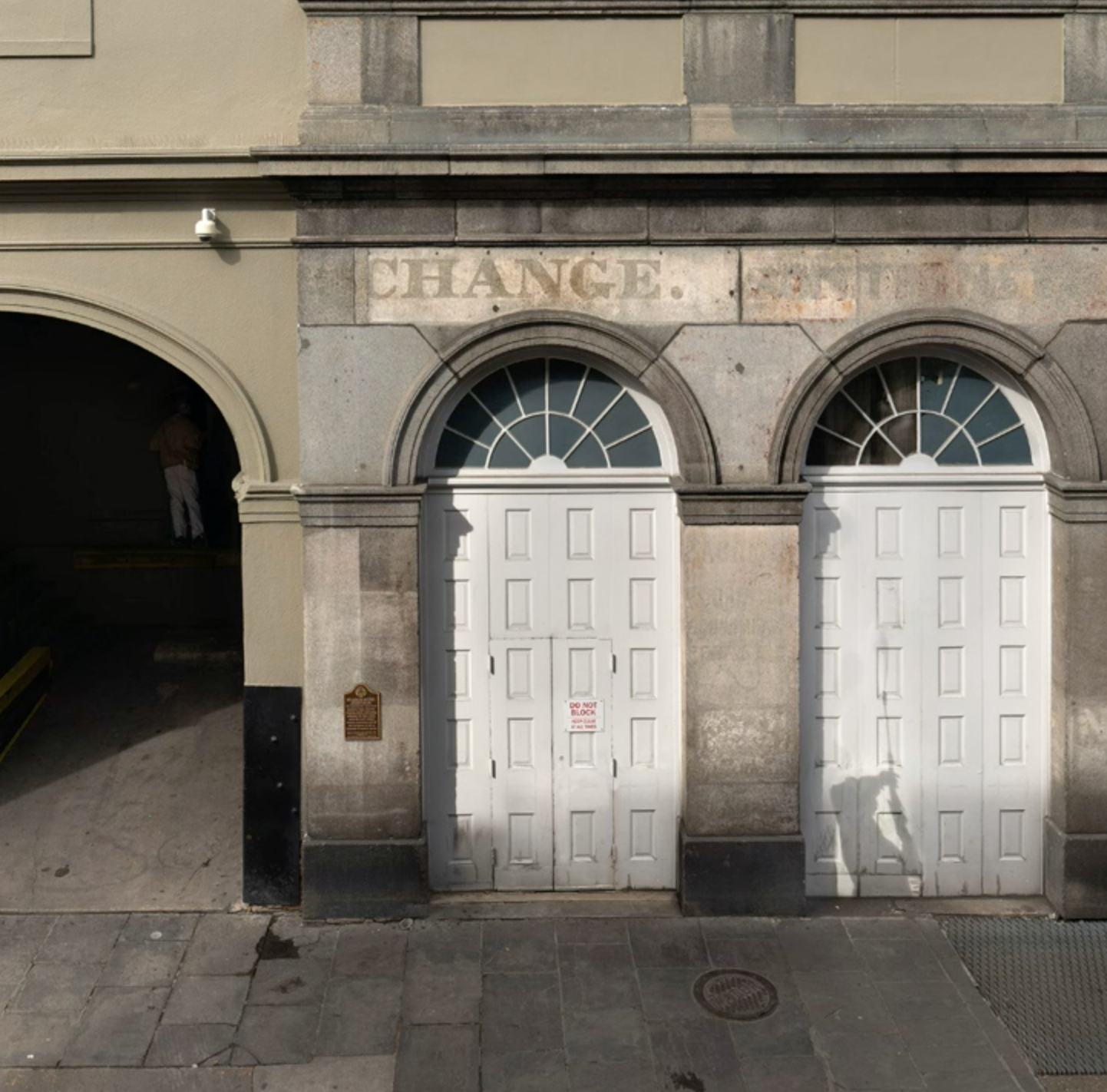
The stone lintel above the door on the left says “change”, but was once a part of a longer sign denoting a “slave exchange”. Photo by Rich Frishman
The photographer pays particular attention to one of the most common details: covered-over side doors, originally intended as “colored entrances” that would force people of color to enter theaters, schools and other buildings separately from white people. While the majority of these doors have now been bricked over or repurposed, their outline remains, akin to architectural “ghosts” that serve to remind society of past and present discrimination throughout the United States.
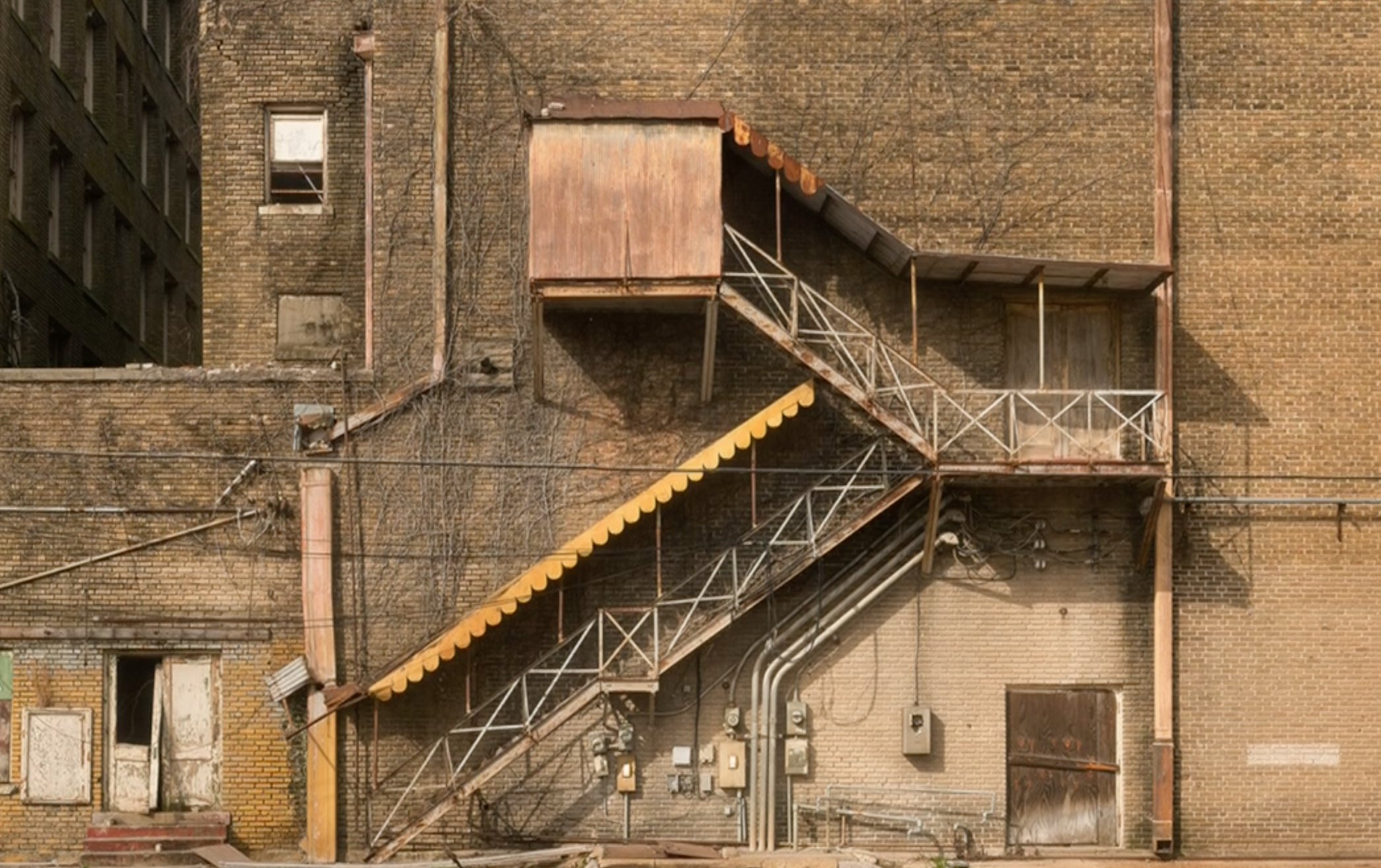
A boarded-up colored entrance to a theater in Clarksdale, Mississippi. Photo by Rich Frishman
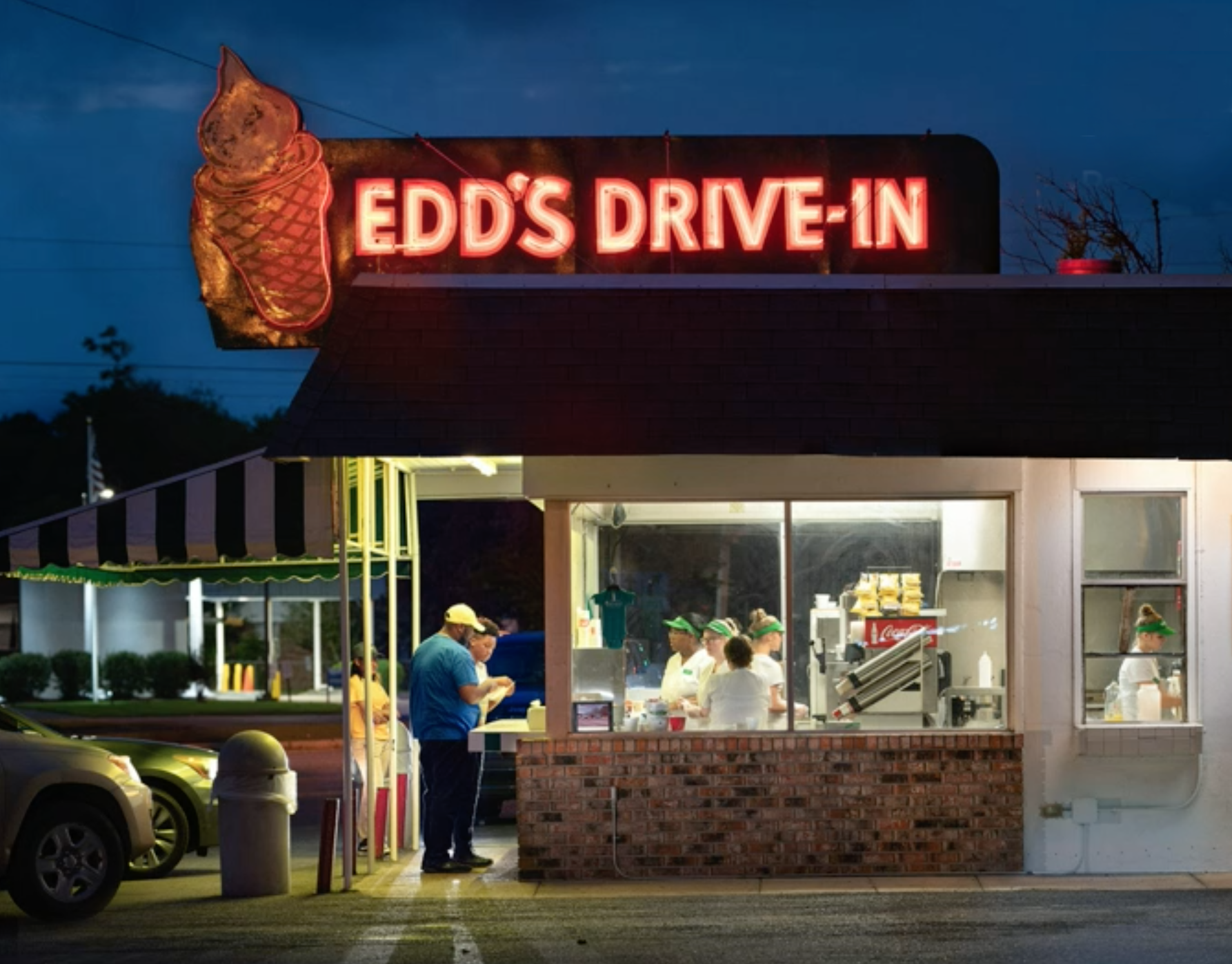
Edd’s Drive-In, featuring a now-redundant “colored window” on the right.
Frishman’s work reframes these easily overlooked details, giving them the spotlight that encourages people to reckon with the fundamental mistreatment of people of color throughout history. These powerful images are a reminder to architects and the wider public that buildings tell stories, both good and bad, and there is always something to be learned from them — even the smallest detail.
The latest edition of “Architizer: The World’s Best Architecture” — a stunning, hardbound book celebrating the most inspiring contemporary architecture from around the globe — is now shipping! Secure your copy today.
